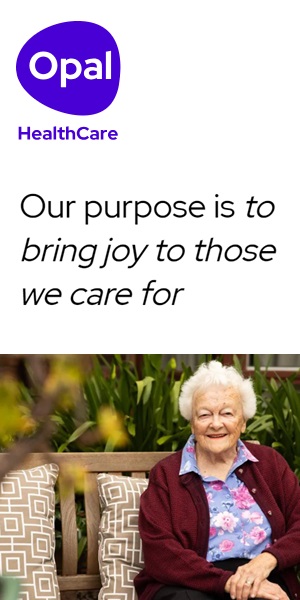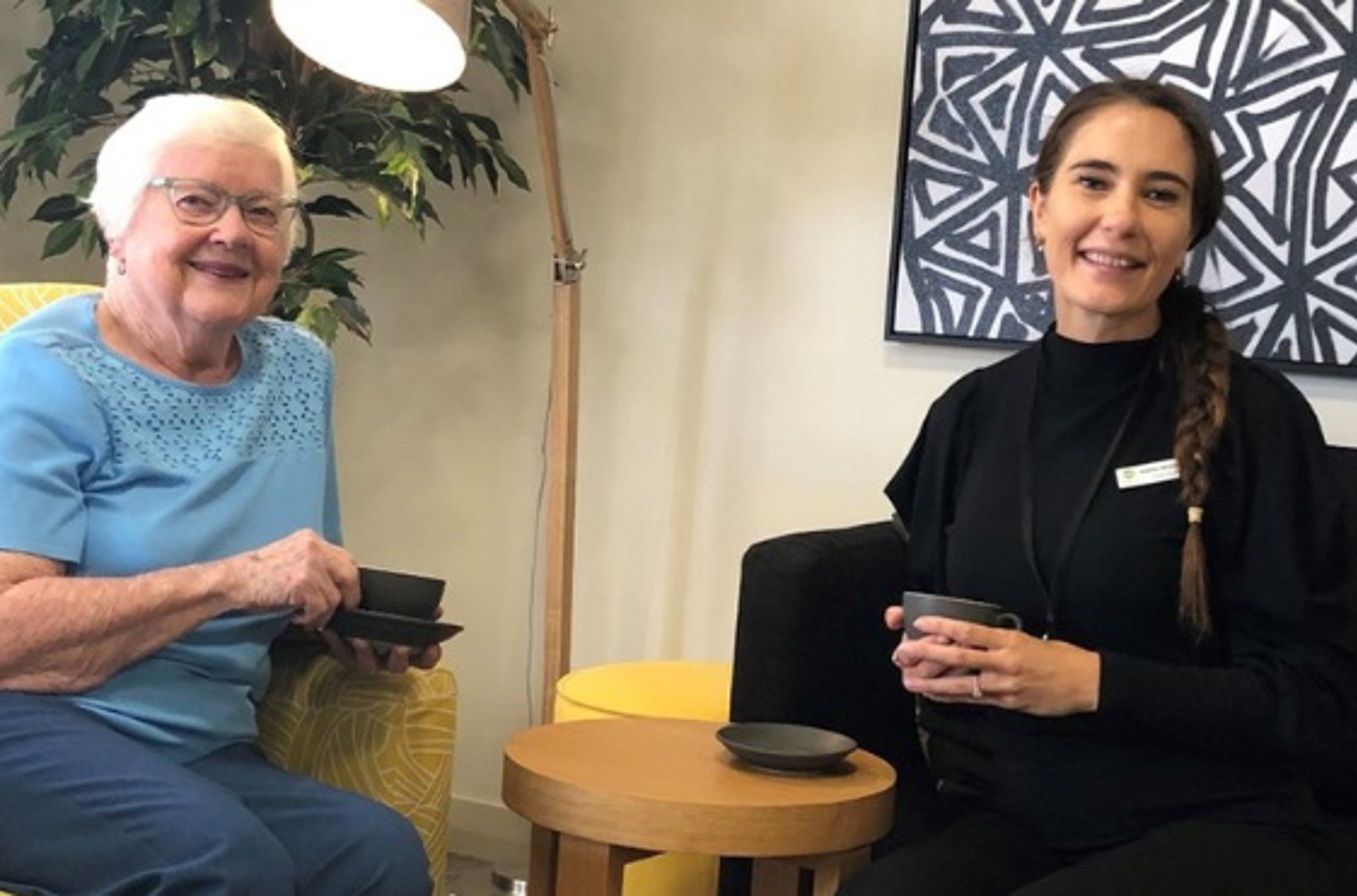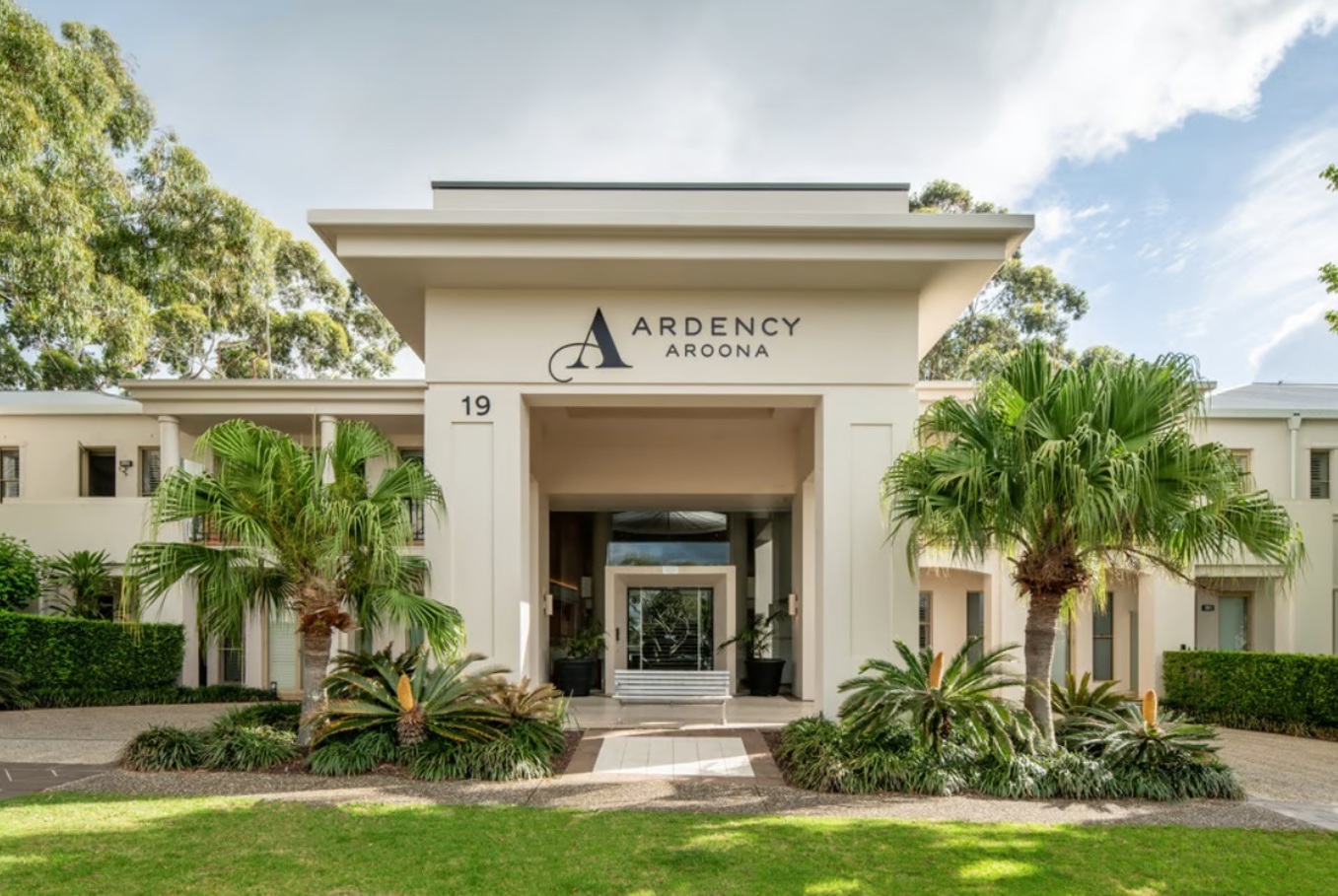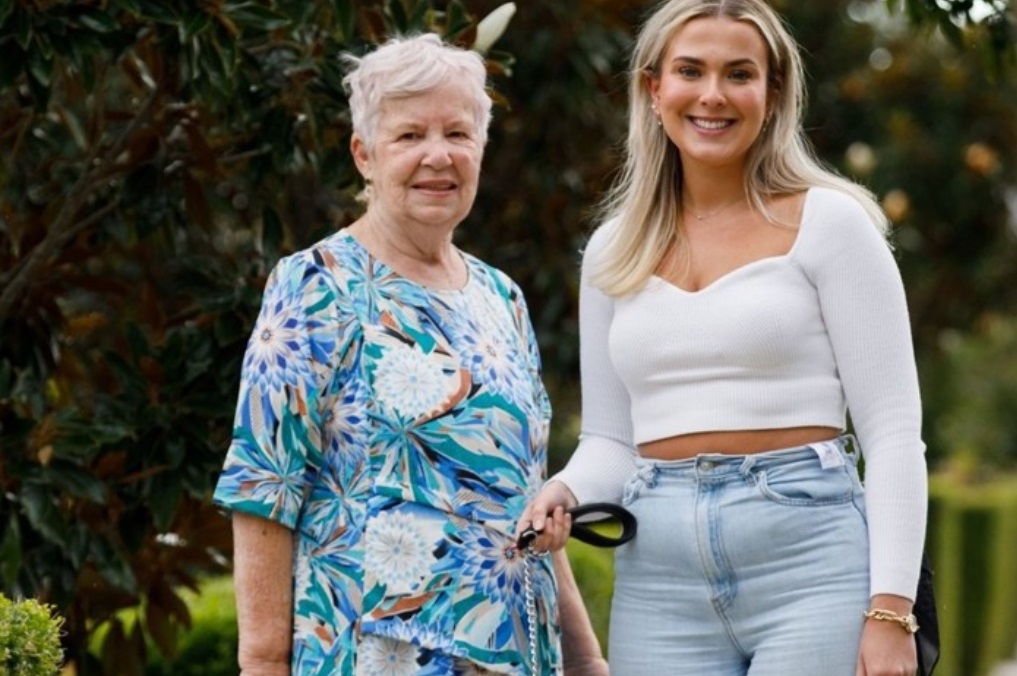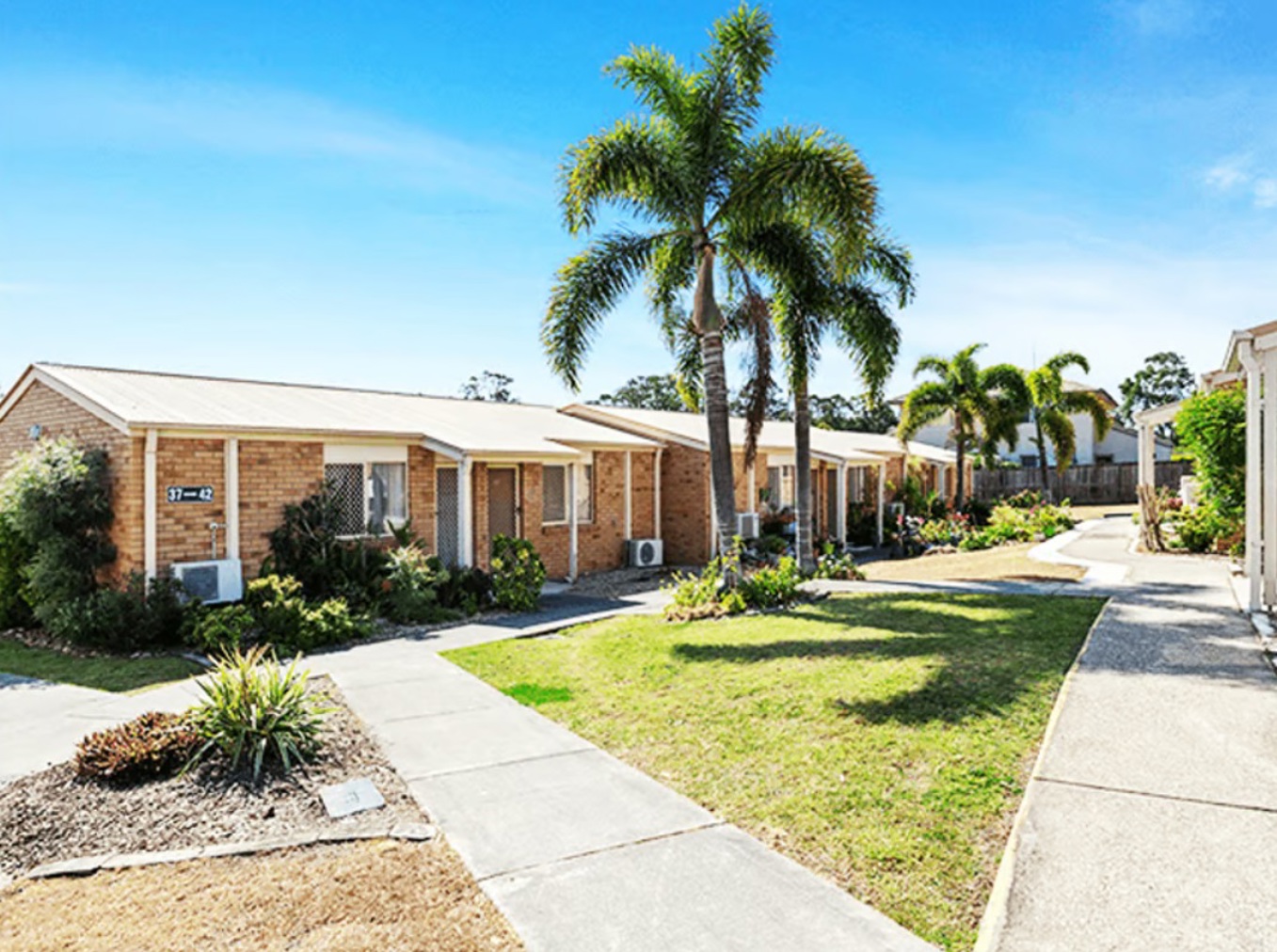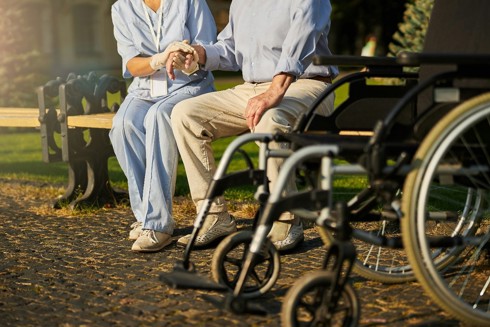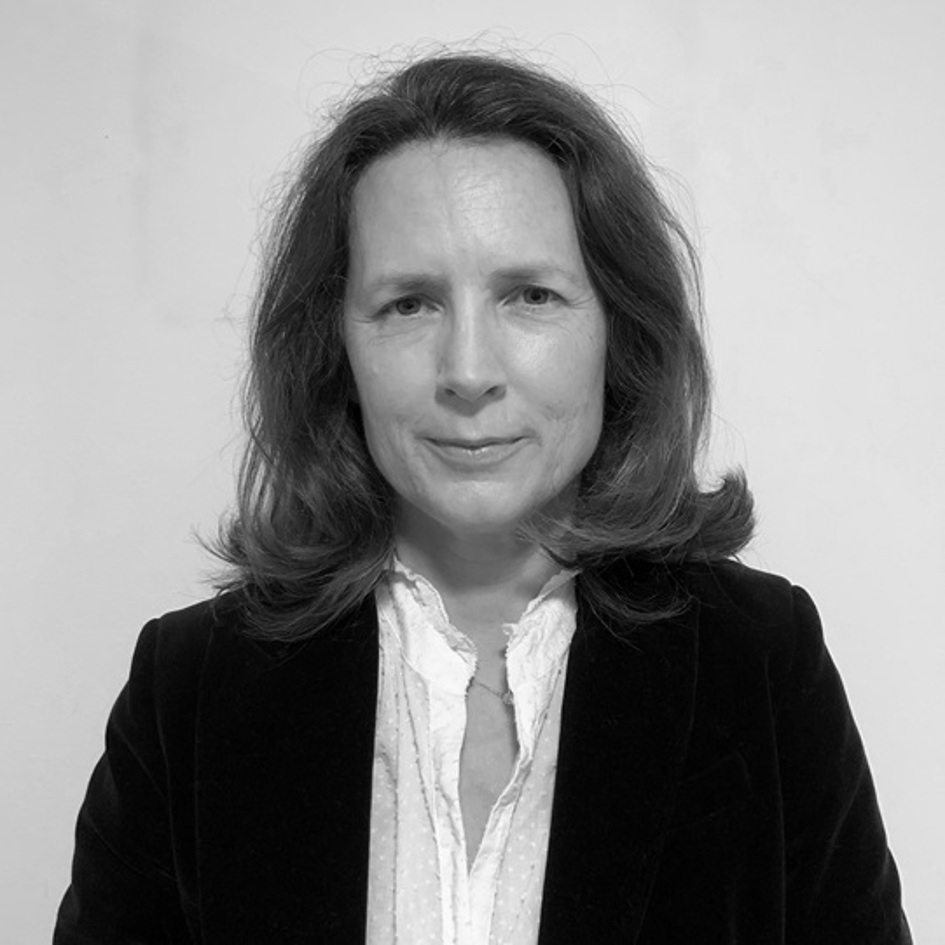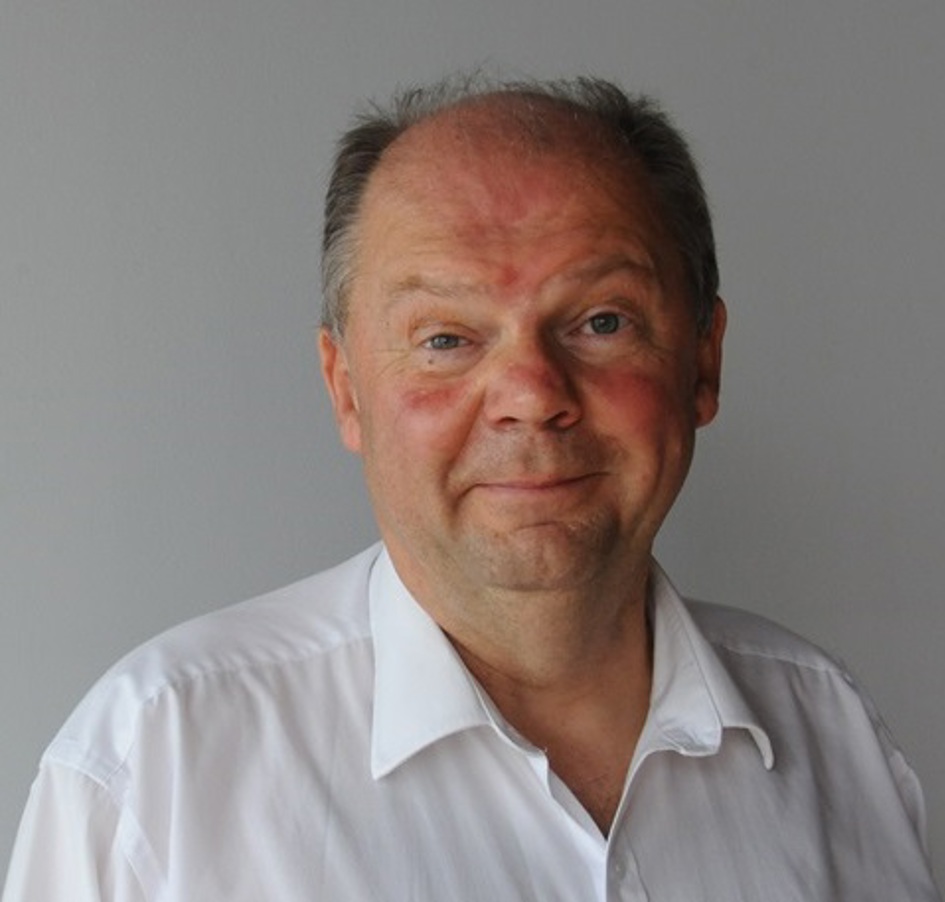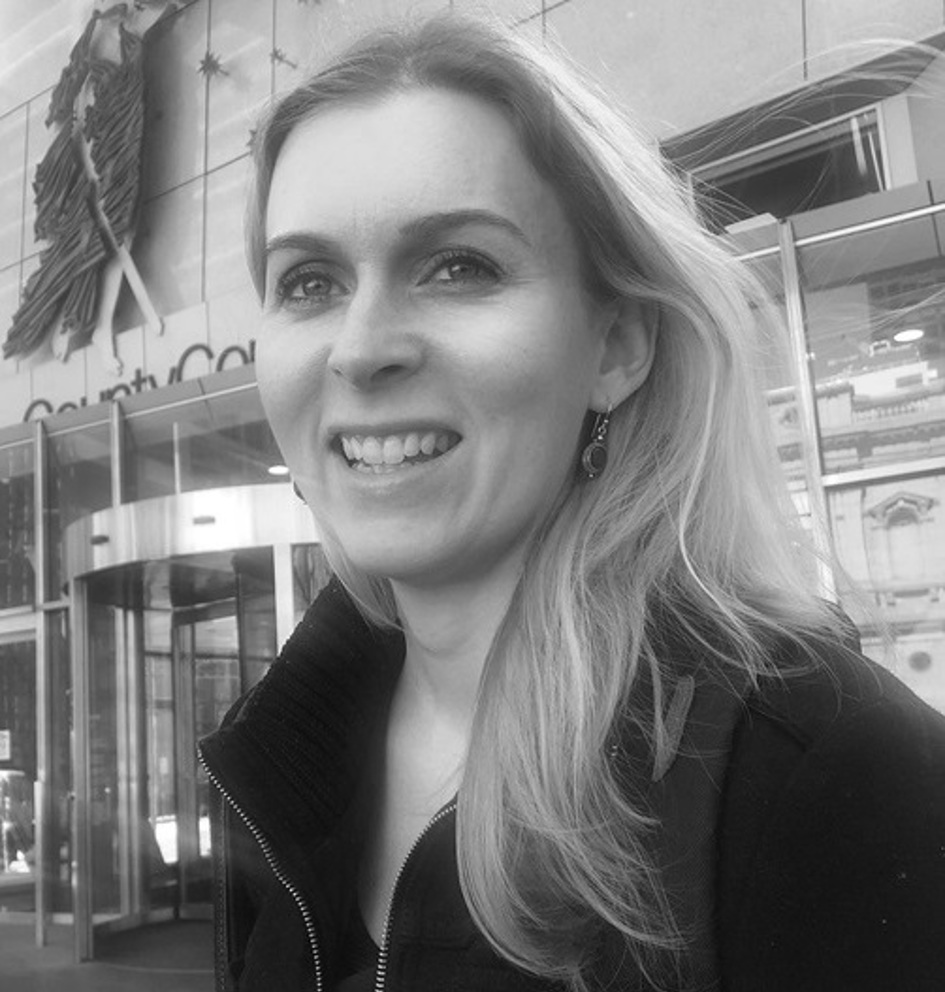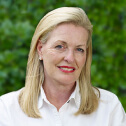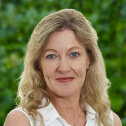Rise in deeming rate will hit self-funded retirees with home care packages or in residential aged care

Services Australia was quick to tell everyone the pension rate will increase on 20 September 2025.
The Age Pension, Carer Payment, and Disability Support Pension increased by $29.70 a fortnight for singles and $44.80 a fortnight for couples combined.
But little has been said, that from 20 September 2025, the lower deeming rates was raised from 0.25% to 0.75%, while the upper deeming rate was raised from 2.25% to 2.75%.
Deeming rates are used to calculate how much money you’ve made from your financial assets if you’re retired.
Once you get the amount you've earned from your financial assets, it's then included as income in the Age Pension income test.
Deeming affects everyone receiving aged care, whether it's a home care package or residential aged care. The biggest impact is likely to fall on self-funded retirees, because they usually hold more financial assets than full pensioners.
With home care packages, everyone pays a basic daily fee (BDF) of about $12 a day. What you pay beyond this depends on your income, so it is called an income-tested care fee. Full pensioners don't pay it, because the thresholds are set at the maximum income a full pensioner can have. But part pensioners can pay up to $6862 a year, while self-funded retirees can pay as much as $13,724 a year.
What comes as a surprise to many retirees is that their "income" is not based on taxable income, or even actual investment earnings, but on Centrelink's deeming rules.
For example, a self-funded retiree receiving a home care package has $3 million in investments. Before 20 September, they were deemed to earn $66,216 a year and pays $20 a day - almost $7300 a year - as an income-tested care fee. From September, their deemed income will rise to $81,216 (an increase of $15,000) and he will have to pay the maximum fee of $37.70 a day towards his care.
Residential aged care uses a combination of your assets and your income, to calculate your care fees. Just like with home care, deeming is applied to your investments to calculate your income. That means many part pensioners and self-funded retirees will see their contributions rise.
For example, a self-funded retiree who moved into an aged care home earlier this year, was paying a refundable accommodation deposit of $500,000. They have $1.4 million in financial assets. Until 20 September, the self-funded retiree is deemed to earn $30,216 a year. From 20 September, that increased to $37,216. The self-funded retiree paid almost $86 a day - $31,357 a year - as a means-tested care fee. After the deeming increase, the fee rose to just over $90 a day, or close to $33,000 a year.
